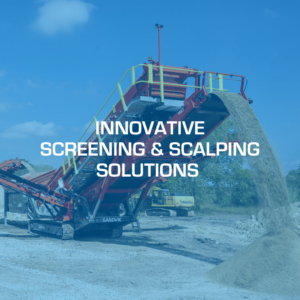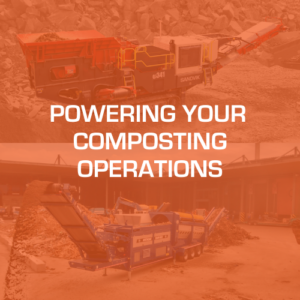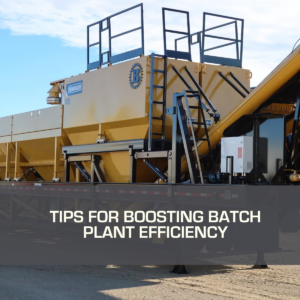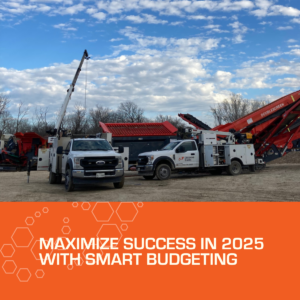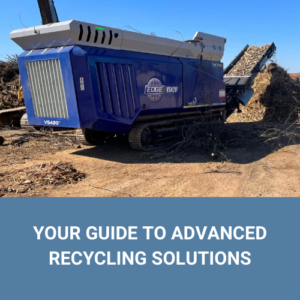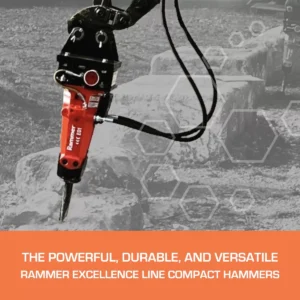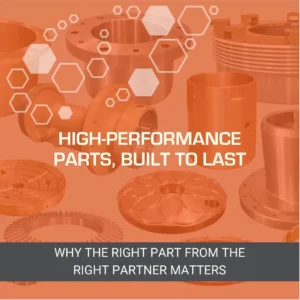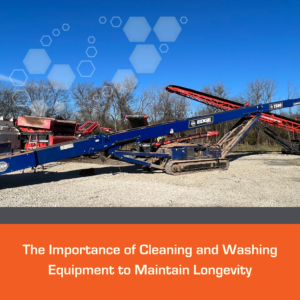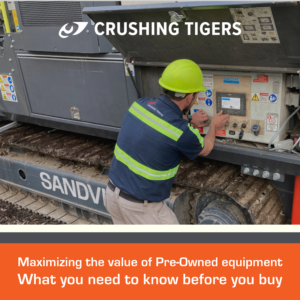Maximizing Performance
Maximizing Performance: Service Needs and Scheduled Maintenance for Sandvik High-Performing Aggregate Equipment
Crushing Tigers Aggregate Equipment, such as Sandvik mobile crushers and screens, is renowned for its durability, efficiency, and high performance in the construction and mining industries. However, to ensure consistent performance and longevity, regular service and maintenance are paramount. Neglecting these crucial aspects can lead to costly downtime, decreased productivity, and even safety hazards. In this blog post, we’ll explore the service needs and scheduled maintenance requirements for these high-performing aggregate machines, along with five essential strategies to ensure your equipment operates at its best.
Understanding Service Needs: Aggregate equipment, like any complex machinery, requires regular servicing to maintain optimal functionality. These service needs can vary depending on factors such as the type of equipment, operating conditions, and frequency of use. However, common service requirements include lubrication, inspection of wear parts, checking fluid levels, and addressing any emerging issues promptly.
Scheduled Maintenance: Scheduled maintenance plays a crucial role in preventing unexpected breakdowns and ensuring uninterrupted operation of aggregate equipment. Establishing a comprehensive maintenance and cleaning schedule tailored to your specific equipment and operating environment is essential. This schedule should encompass routine tasks such as oil and filter changes, belt inspections, hydraulic system checks, and component lubrication.
Five Ways to Ensure Equipment Performance:
Follow Manufacturer Guidelines: Adhering to recommended maintenance guidelines is fundamental to optimizing equipment performance. Familiarize yourself with the manufacturer’s maintenance manual and adhere to the prescribed maintenance intervals and procedures. These guidelines are designed by experts to maximize the lifespan and efficiency of your equipment.
Conduct Regular Inspections: Routine inspections are critical for identifying potential issues before they escalate into major problems. Inspect key components such as belts, bearings, hydraulic systems, and electrical connections regularly. Look for signs of wear, leaks, or abnormal vibrations, and address any issues promptly to prevent further damage.
Prioritize Lubrication: Proper lubrication is essential for minimizing friction, reducing wear and tear, and ensuring smooth operation. Follow the manufacturer’s recommendations regarding the type of lubricants to use and the lubrication schedule for various components. Overlooking lubrication can lead to premature component failure and costly repairs.
Train Personnel: Well-trained operators and maintenance staff are invaluable assets when it comes to equipment performance and longevity. Provide comprehensive training on equipment operation, maintenance procedures, and safety protocols. Empower your team to recognize potential issues and perform routine maintenance tasks effectively, enhancing overall equipment reliability. The team at Crushing Tigers has a deep knowledge and understanding of aggregate production equipment and applications and offers training and applications support.
Keep Detailed Records: Maintaining accurate records of service history, maintenance activities, and equipment performance metrics is essential for proactive maintenance planning. Use a digital maintenance management system or logbook to document all maintenance tasks, repairs, and inspections. Analyzing this data over time can help identify trends, optimize maintenance schedules, and make informed decisions regarding equipment upgrades or replacements.
Maximizing the performance of high-performing aggregate equipment requires a proactive approach to service needs and scheduled maintenance. By following manufacturer guidelines, conducting regular inspections, prioritizing lubrication, training personnel, and keeping detailed records, you can ensure that your equipment operates at its best, minimizing downtime and maximizing productivity on the job site. Investing time and resources into proper maintenance practices ultimately pays dividends in terms of equipment reliability, efficiency, and longevity.

